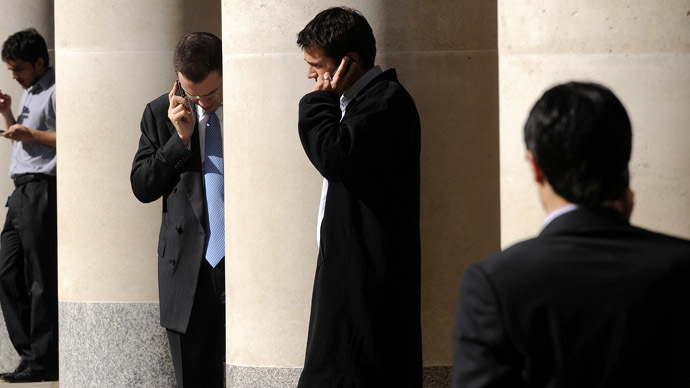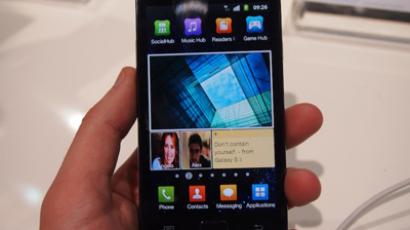Down Under data dump: Australian police track mobile phones the NSA way

Australian law-enforcement has been exposed scooping metadata from thousands of mobile phones of ordinary citizens, using the same kind of equipment and methods previously attributed to US police and intelligence agencies, like the NSA and FBI.
A US-invented technique dubbed ‘tower dump’ is now enabling Australian police to learn the exact location, established contacts and duration of calls of a chosen mobile device (and its owner) over a certain period of time, Fairfax Media reported.
A ‘tower dump’ receives data from multiple towers all mobile providers using them, thus collecting information on countless mobile phones.
“It’s another example where [agencies] are collecting the entire haystack in order to find the needle,” Greens Party spokesman for communications Scott Ludlam told Fairfax in an interview. Senator Ludlam confirmed that this is the first known case of tower dumps practice in Australia.
This information is called metadata and generally speaking it does not give access to personal conversations and texts. Yet police can make a minute by minute history of where you have been and with whom you have talked.
The USA Today claimed last month that police cannot use ‘tower dump’ to overhear private calls or read text messages, yet can always request “additional data about individual lines,” which could be understood equivocally.
A phone company’s data storage center receives metadata from each and every cell tower and records all activities of any mobile device to store it as long as needed, which it seems is indefinitely, while police can request the data when there is a need.
“On occasion mobile network operators receive requests from Australian law-enforcement agencies to provide communications information from a specific tower,” a Vodafone spokeswoman told Fairfax Media. “These requests usually cover short periods and the information provided is only metadata.”
Human rights advocates in the US already questioned why would police want to keep under surveillance everyone while hiding behind pretext of fighting criminals more effectively.
“What we've seen with other techniques like this is there is no requirement to destroy the material that is collected incidentally after an investigation is complete,” Ludlam said.
Police in the states of New South Wales and Victoria, and the Australian Federal Police all declined to comment on their “operational capabilities”, “police methodology” and "technical capabilities.”
Fairfax Media managed to learn that “tower dumps” are a common investigation tool of NSW Police.
In the meantime some phone companies confirmed to the media outlet that tower dumps “occurred.”
“A request for non-content information on the use of a particular tower during a specified period of time may be lawful under certain circumstances,” a Telstra spokeswoman said.
Considering thousands of users are affected by tower dumps, Ludlam argues that they should count for the number of those who are affected.
According to the latest report of the Attorney-General’s Department, in 2012-2013 Australia’s law-enforcement agencies made approximately 330,000 requests for personal metadata. The report does not specify, though, whether metadata requests from tower dump have been included.
There is another no less impudent technology enabling police to intercept private data from mobile devices called StingRay, produced under various brands, such as Amberjack, KingFish, Harpoon or RayFish.
The StingRay technology turns a regular patrol car into a ‘tower dump’ has been known for several years now and is very popular among various American intelligence and law enforcement agencies, reported USA Today.
A portable device the size of a suitcase, reportedly worth as much as $400,000, is mounted in a vehicle equipped with a special antennae and acts as a fake cell tower, spreading its net in search of those involved in criminal activities.
Any cell phone or a smartphone is constantly searching for the nearest cell even if it is not used. When it connects to StingRay it gets the ordinary service, but police officers sitting in the patrol car automatically harvest the data from the connected private cell phones and see it already translated on a laptop connected to StingRay.
Neither the connected mobile device nor its owner would notice any difference.
USA Today assured readers that police has certain preset limitations and cannot spy after people’s conversations and text messages in real time mode.
But former NSA contractor Edward Snowden’s revelations about global surveillance conducted by the US suggest that recording all possible phone talks and messages is an ordinary practice at the NSA.
If law enforcement needs to know what you talked about some time ago – they simply get a warrant and demand the telecom company provide them with this data.














